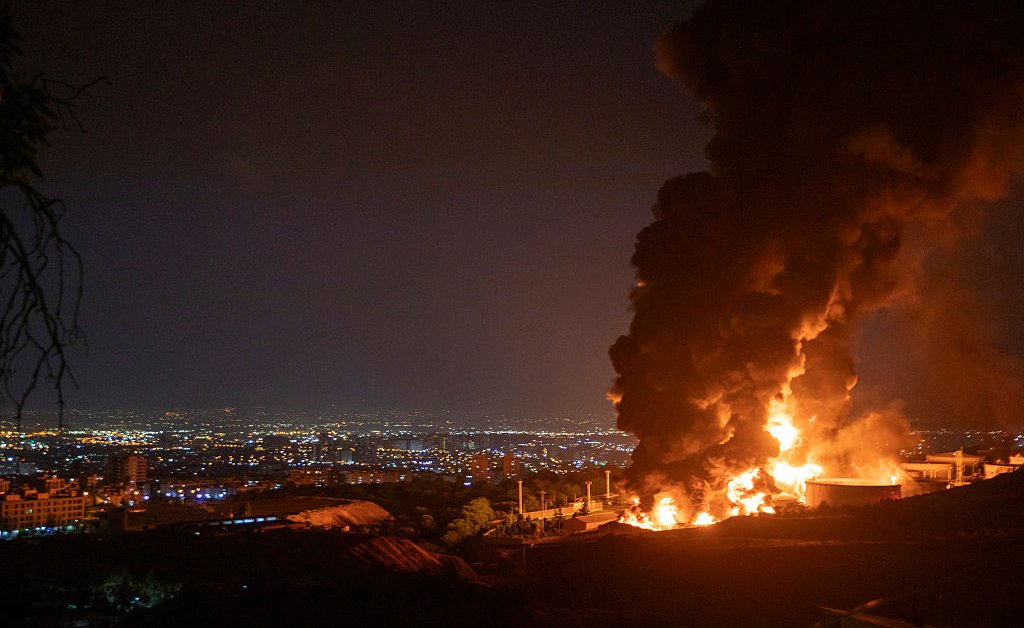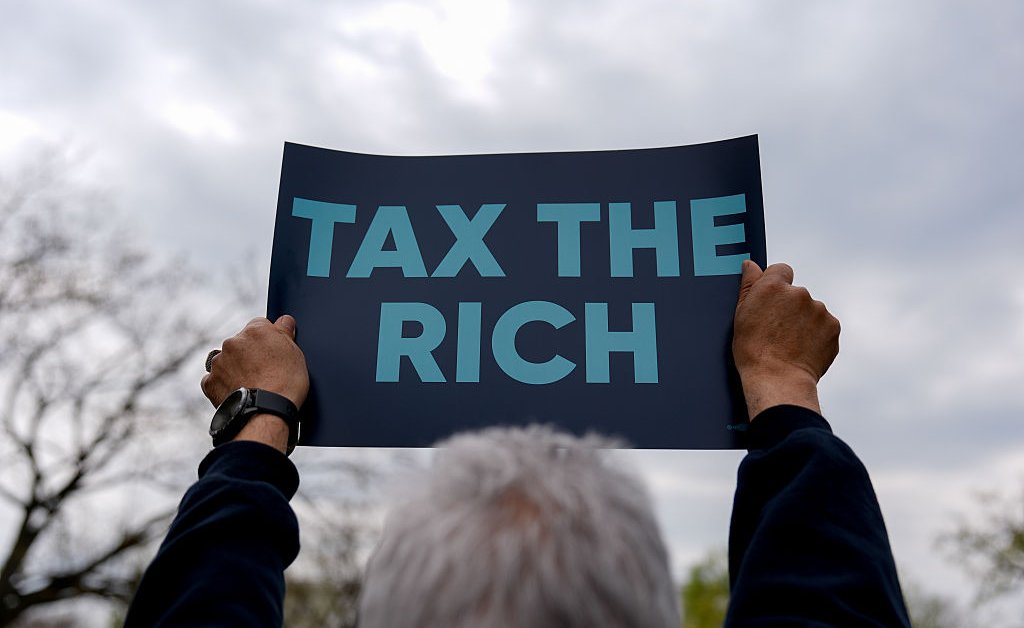The consequences of the increasingly urgent hostilities between Israel and Iran are multifold—humanitarian, geopolitical, and so on. If the situation deepens, it could also have important implications for energy markets and, by extension, climate change and the energy transition.
Central to that picture are oil prices. In the past month, oil prices have risen nearly 25% as hostilities have deepened. On its own, Iran is a significant supplier of oil to global markets, producing roughly 4 million barrels of oil daily, and traders fear that its supply could be cut off. A bigger conflagration could mean significantly higher prices with fears about supply issues across the region, especially as traveling through the Strait of Hormuz grows trickier.
Governments play a key role shaping everything related to the production and consumption of energy, but nonetheless energy is not divorced from market fundamentals broadly and, specifically, the effect of prices. And perhaps no price is more closely tracked in energy markets than the price of a barrel of crude. But how a high-price environment for oil would shake out is complicated—with some clear pluses for decarbonization efforts as well as some big challenges.
On the one hand, high oil prices incentivize investment in alternatives, in this case electrification. Consumers may take a closer look at electric vehicles to save at the pump. Or they may just buy smaller, more fuel efficient cars, a climate win. Meanwhile, companies may take another look at the numbers for ditching diesel in heavy industry.
On the other hand, high oil prices incentivize fossil fuel companies to drill more to try to take advantage of high prices. Projects that looked too expensive when prices were low start to take on a new sheen when they’re on the rise.
None of these factors are likely to play out in a straightforward fashion—and we don’t have to look too far back for a similar analogue. In 2022, oil prices rose dramatically following Russia’s invasion of Ukraine, quickly shifting the conversation around clean energy.
Clean energy advocates responded vociferously that renewables could provide stability as Europe tried to wean itself off of Russian energy. In the U.S., they argued, renewables would contribute to energy security. These arguments helped advance clean energy—even if they weren’t decisive. The RePowerEU initiative, launched in the wake of the invasion, helped accelerate the expansion of wind and solar power in the bloc. And energy security was among the arguments that helped get the Inflation Reduction Act across the finish line.
At the same time, oil companies largely avoided bringing new oil production online. It was hard to predict how long the high price environment would be sustained. Moreover, executives concluded that they could easily reap the financial benefits of higher prices and resulting higher profitability without taking on the risk of big new investments. This time around we can certainly expect Trump to double down on his pressure on the industry to drill more to keep prices down (Biden did this, too). But up to this point the industry has largely rebuffed these entreaties.
So how should companies understand the oil price dynamic? For one, it’s helpful to keep an eye on the long-term trajectory. In its annual oil market report released this week, the International Energy Agency found the market to be well supplied in the medium term even as demand continues to grow because of planned increases in output from the U.S., Canada, Brazil, Guyana, and Argentina
But for companies the volatility is also a reminder of some of the greatest strengths of renewable energy: it’s local and not prone to geopolitical disruption. And, while production may vary day-to-day as the winds blow, prices can be set for decades—immune from the whipsaws of global commodity prices.
To get this story in your inbox, subscribe to the TIME CO2 Leadership Report newsletter here.








